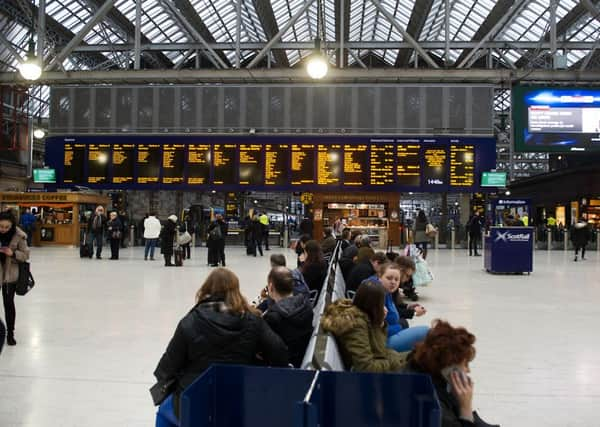Four things you should know this morning


Archaeologists find Bronze Age settlement on Orkney
This could be one of the biggest of its kind in Scotland.
Archaeologists have been left “stunned” by their chance discovery of a massive Bronze Age settlement on a beach in Orkney.
A team led by the Archaeology Institute at the University of Highlands and Islands found what is believed to be 14 separate example of bronze age houses at Tressnes, Sanday on Monday, amid appalling weather conditions.
Advertisement
Hide AdAdvertisement
Hide AdIt is thought that the find represents one of the biggest settlements of its kind in Scotland.
Commuting in Scotland: who is on the move and where to?
Around 620,000 people commute out of their home areas every working day in Scotland, with the trials of rush hour travel being sharply felt by those affected by the closure of the Forth Road Bridge.
Figures show that 92,000 people travel into Edinburgh to work, with more than a third (35 per cent) of its workforce living outwith the city limits. Edinburgh’s total workplace population is around 260,300.
Driving is still the most common way to commute, with around 42 per cent of workers choosing to travel this way.
Further analysis of the 2011 census shows that just over 27 per cent of commuters travel by bus and 7 per cent take the train.
The last census – which pre-dates the arrival of the Edinburgh tram system – shows that 15 per cent walk to work in the city and 1 per cent cycle (just 2,811 people).
The figures also show 24,560 people who live in Edinburgh leave the city to reach their workplace. A further 1,460 Edinburgh residents work somewhere else in the UK.
Gamekeepers call for new policy to protect Scots moors
Scotland must create a unified national policy to recognise and halt the “unthinking” loss of the country’s unique and internationally important moorlands, according to a new report.
Advertisement
Hide AdAdvertisement
Hide AdThe report, for the Scottish Gamekeepers Association (SGA), also calls for a rethink on Scotland’s national tree-planting policy, which aims to the see a quarter of the country covered in forests in the next 35 years.
The UK is home to three-quarters of the world’s remaining heather, most of it found north of the Border. Around 20 per cent of heather moorland disappeared between 1940 and 1970, a decline that is continuing.
Brain surgery Scot sets off on South Pole mission
An Edinburgh finance worker, who is aiming to become the youngest person in history to carry out a solo expedition to the South Pole, has begun his trek.
Luke Robertson has battled heart problems and undergone brain surgery, but now he is hoping to become the first Scot to reach the destination, unassisted and unsupported, to raise money for charity. Mr Robertson, who had a pacemaker fitted when he was just 23 after he was diagnosed with complete heart block, has attracted support from high-profile adventurers including Sir Ranulph Fiennes, who has described it as “one of the most enduring challenges possible”.
The 30-year-old – who is originally from Stonehaven but lives in Broughton – has already raised more than £34,000 for cancer charity Marie Curie.